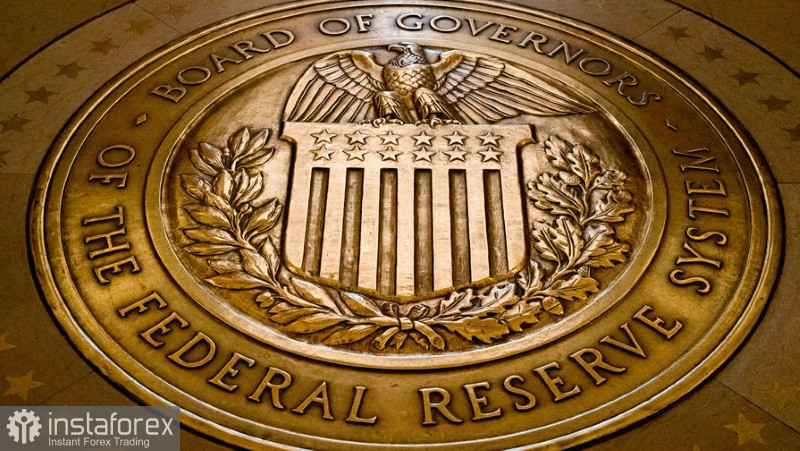Investors' uncertainty about whether inflation has dropped enough to persuade the Federal Reserve to scale back the tightening of monetary policy next year caused US stock index futures to trade in the negative on Wednesday.

Following Tuesday's rally, which took place against a slowdown in consumer price growth in the United States in November of this year, futures contracts for the S&P 500 and Nasdaq 100 indices declined by about 0.1% each. For the second day in a row, Treasury bonds are increasing, and the dollar is losing ground to riskier assets. Also declining was the Stoxx Europe 600 index.
The highest growth on Wednesday was seen in Treasury bonds with a medium-term maturity of five years. Five-year bond yields fell by four basis points, while seven-year bond yields fell by three basis points. Government bonds in the UK increased across the curve, and two-year yields decreased by four basis points. According to the data, inflation in the nation declined from a 41-year high in November of this year, increasing the likelihood that the cost of living has already declined past its peak.
Stocks and bonds rose in response to weaker-than-expected data on the US consumer price index, but as I mentioned above, growth is being constrained by worries that the Fed may still be determined to raise rates further. Given that the market has already established a 0.5% increase for today, the future rally will likely depend entirely on Jerome Powell's remarks and the Central Bank's predictions for 2019. Even with the US inflation rate steadily declining, many traders and economists still doubt this. They also wonder what indications politicians can make about when the rate hike will end next year and whether it is possible to reduce it.
Doubters have enough justifications not to rush into buying risky assets after a strong reaction to the data and an equally strong sell-off in the stock market by the close, especially as the American economy enters a recession, which is unlikely to be avoided. The decline in European stock indices supports investors' caution in this area. Remember that Thursday is expected to see decisions from the Bank of England and the European Central Bank. The MSCI Asia Pacific index increased as stocks in Hong Kong, Japan, and Australia increased, causing it to reach a three-month high and close 19% above its October low.

Concern over the Federal Reserve's monetary policy has also impacted the oil market. Two-day growth in West Texas Intermediate futures was halted. Traders also considered the prospects for demand in light of China's swift relaxation of COVID restrictions and the effect of new cases on the nation's economy.
The S&P 500's technical picture shows that the index can grow further, but this requires justification. The main objective for today will be to safeguard $4,010. We anticipate continued growth as long as trading is done above this range. Furthermore, this creates favorable conditions for the trading instrument to rise to $4,038 with the potential to reach $4,064. It will be challenging to go above $4,000, a little higher, before the Fed meeting. Buyers need only declare themselves in the $4,010–$3,983 range in the event of a downward movement, as pressure on the index will increase below these levels. The trading instrument's closest target is the $3,923 region, and the breakdown will quickly push it to $3,959.





















